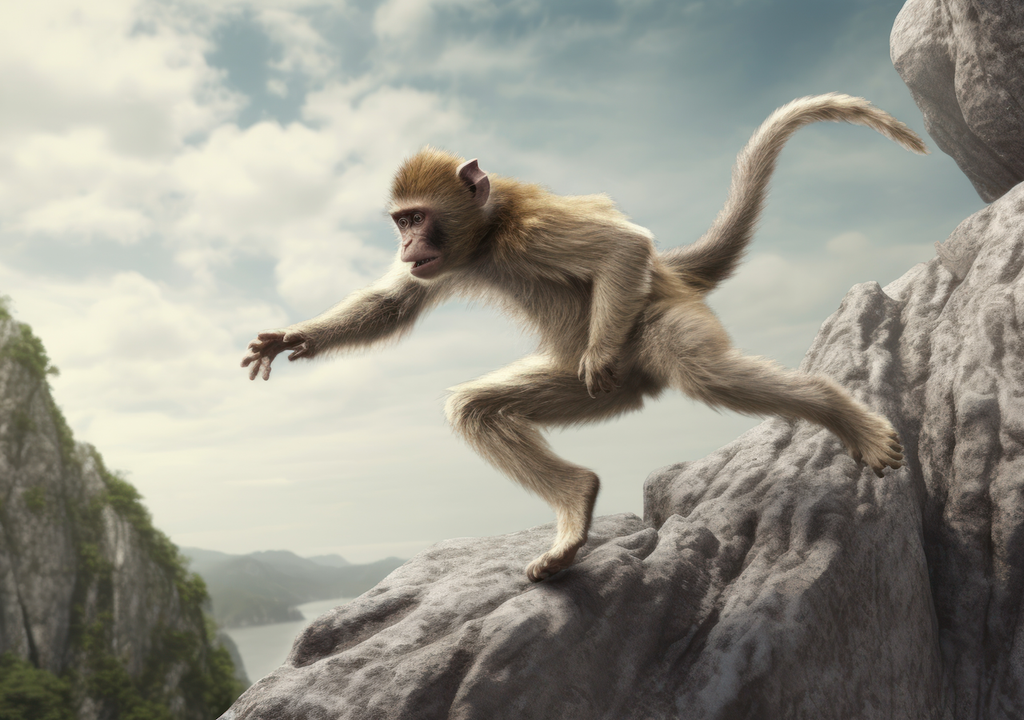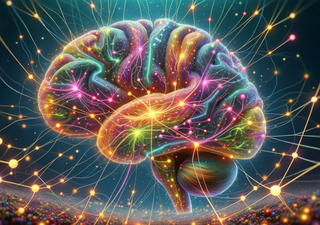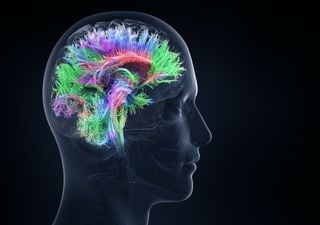Dragoi Lab tracks neural circuits behind foraging behaviour in macaques to understand it in humans
Researchers from the Dragoi Lab have collaborated and used wireless tech to monitor the behaviour of macaques free to roam in natural settings, to understand foraging in not only animals, but humans.

There’s a series of decisions underway when humans, monkey or freely moving animals are searching for food resources. Humanity’s ancestors, around 11,000-12,000 years ago, were prime hunter gatherers who relied on foraging for most of their food, before widespread agriculture and industrialisation took hold.
“Foraging behaviour is something we perform daily when we go to the grocery store to pick up food, and we make choices based on the degree of reward each choice provides. It’s a classical problem common to every species on the planet,” said Valentin Dragoi, professor of electrical and computer engineering at Rice.
Dragoi and the team from the Dragoi Lab published their results in Nature Neuroscience, which investigates neural processes in the brain that occur during the search for food.
“In this study, we describe the use of a new integrated wireless system for recording brain activity in the frontal areas of their brain and for oculomotor and behavioural tracking. We examine in real time how this ubiquitous task of foraging unfolds, which is something we naturally perform every day,” Dragoi commented.
They looked into the behaviour of macaques, a type of monkey native in Gibraltar in southern Europe, Asia and North Africa. The team decided to study the macaques because their brains and behaviours are fairly similar to humans, on a functional and organisational level.
Freely foraging
Most previous studies in this field tended to focus on restrained animals – those that were confined and not in natural environments. The team decided to focus on freely moving animals, in a natural context, to overcome this, allowing them analyse the neural basis behind foraging in natural settings.

The team allowed the macaques to freely interact with their potential rewards while wirelessly monitoring their neural activity in their prefrontal cortex, to potentially better reflect what is going on in the brain in foraging behaviour.
“Animals decided when and where to forage based on whether their predictions of reward were fulfilled or violated. The predictions were not based exclusively on a history of reward delivery, but also on the understanding that waiting longer improves the chance of reward,” Dragoi said.
As a result, they successfully found in the brain reward dynamics involved as the animals explored their natural environment. The team could even predict decisions even with complicated factors involved, by reading the activity of neurons in the frontal lobe.
This neural activity observed could potentially be targeted by prosthetic devices to influence such behaviours. This could in theory be applied in a medical context to develop implants that assist with brain dysfunction and enable healthy behavioural decisions in humans.
Understanding how the brain operates at the circuit level has been a long-held mystery for neuroscientists, and research like this helps neuroscientists understand more about it. The researchers at the Dragoi Lab are interested to explore further how foraging decisions take place in more complex social situations to see how two animals interact together or potentially collaborate for a reward.
Comparing to other primate brains, what the scientists observe may be paralleled with human foraging activity and foraging behaviours. Humans display foraging behaviour in many environments, not only out on walks, picking herbs, but in the supermarket, while shopping for the weekly food supplies.








